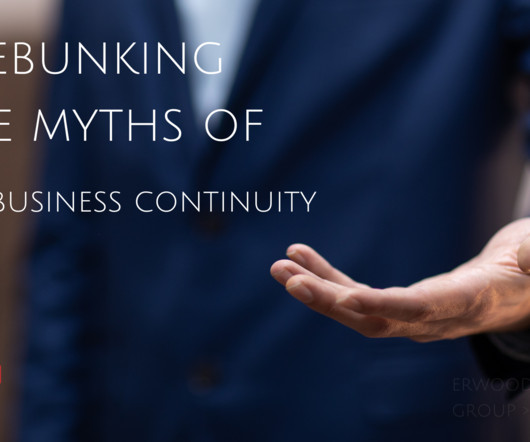Canada's costliest catastrophe is flooding. Is your business prepared?
CCEM Strategies
NOVEMBER 9, 2023
By understanding the risks, you can better prepare your business. Contact us for customized emergency management and business continuity planning Preparing your business for disaster is critical. We’ve worked with several communities and organizations on disaster risk reduction projects, including flood and evacuation planning.













Let's personalize your content